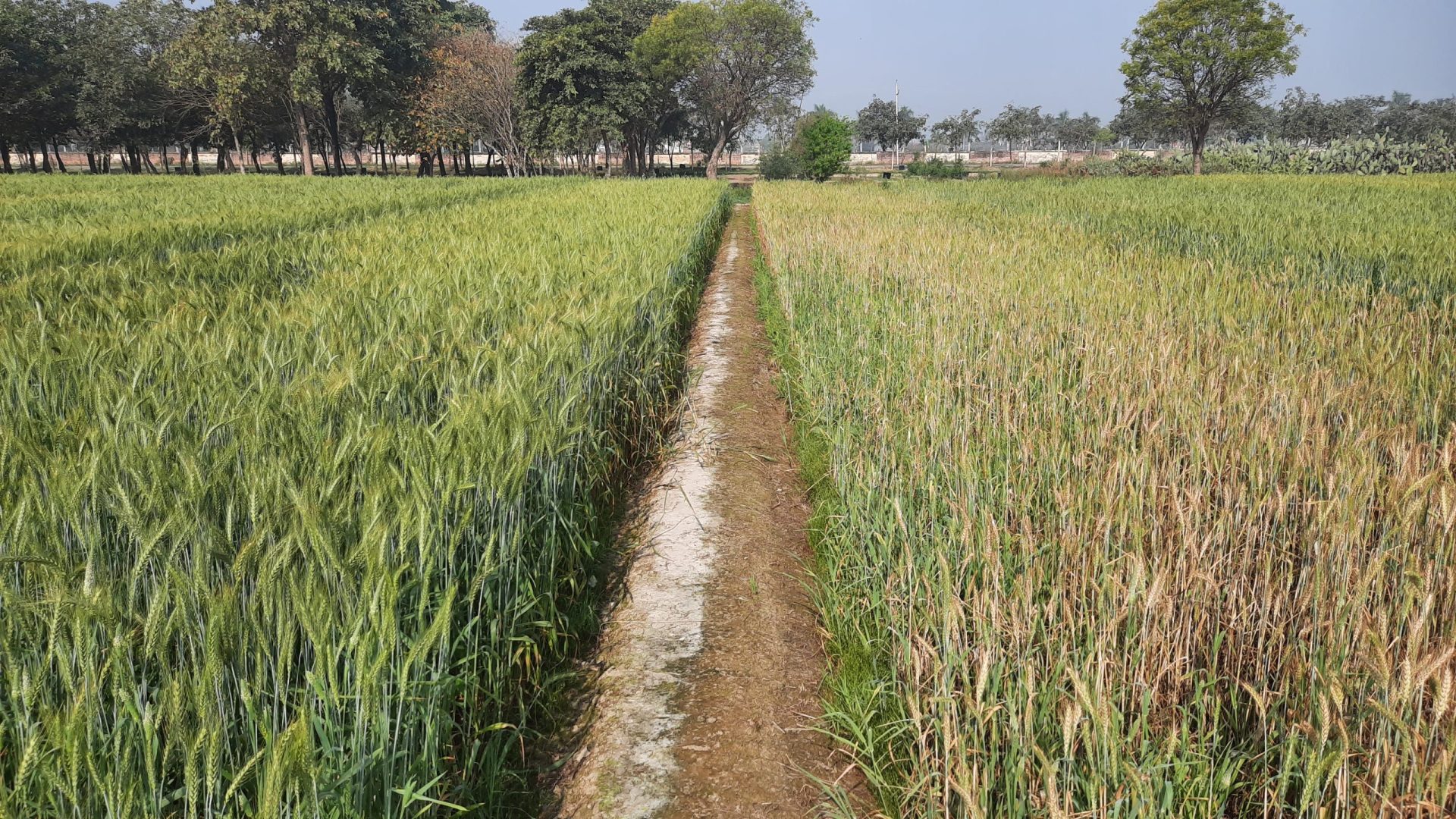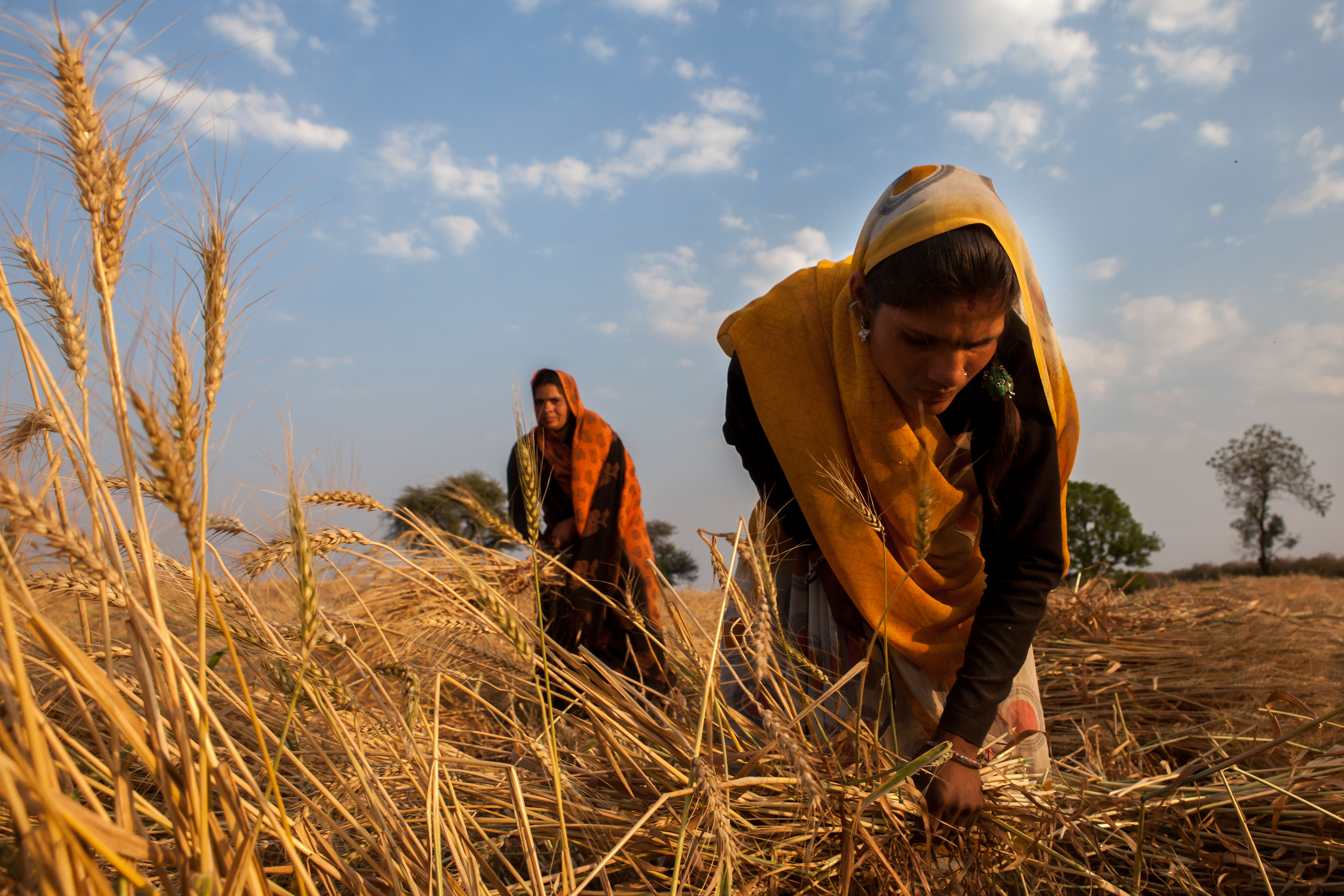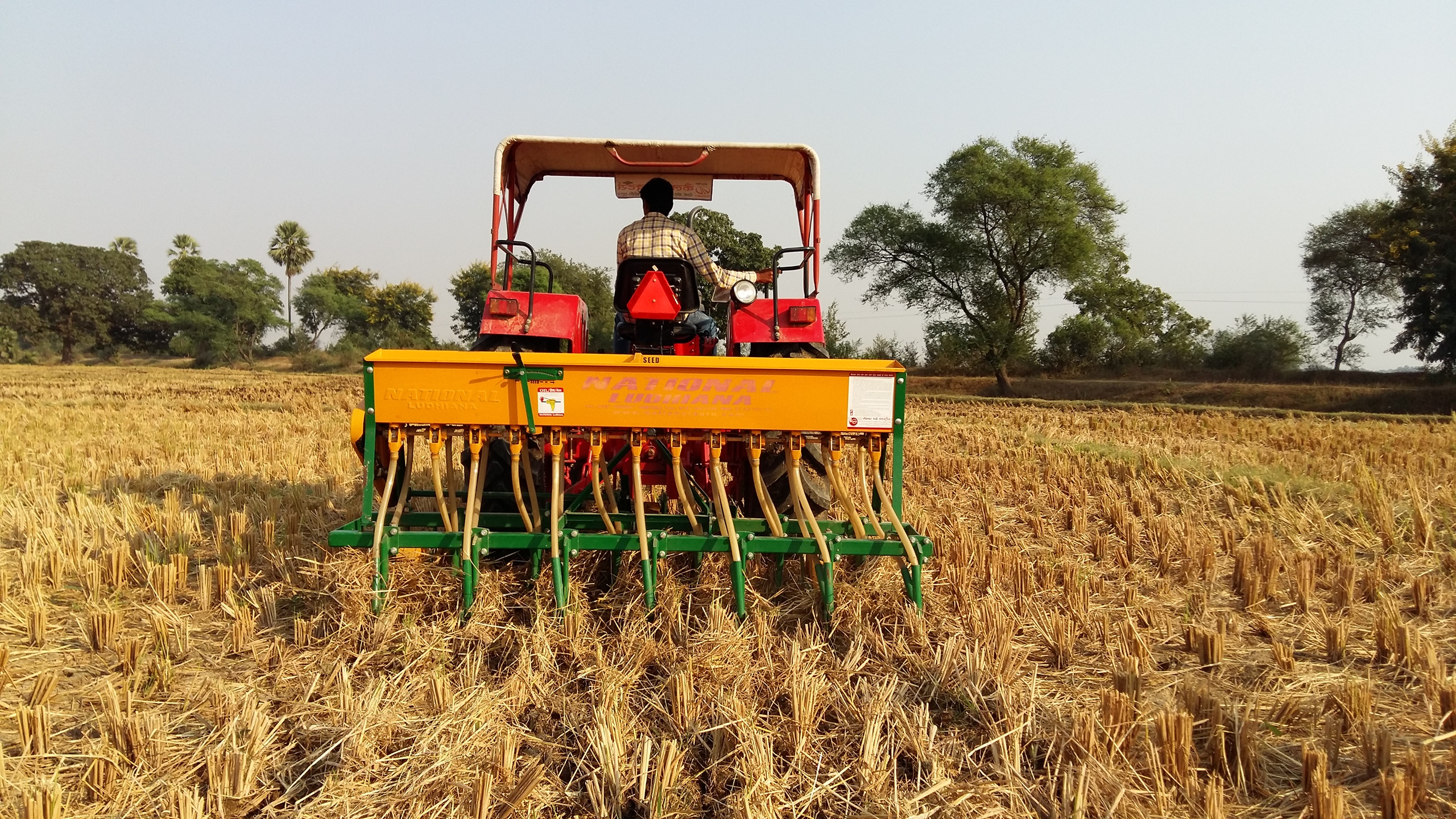In arid and semi-arid regions, soil salinity and sodicity pose challenges to global food security and environmental sustainability. Globally, around 932 million hectares are affected by salinization and alkalinization. Due to growing populations, anthropogenic activities and climate change, the prominence of salt stress in soil is rising both in irrigated and dryland systems.
Scientists from the International Maize and Wheat Improvement Center (CIMMYT) and the Indian Council of Agricultural Research (ICAR) employed long-term conservation agriculture practices in different agri-food systems to determine the reclamation potential of sodic soil after continuous cultivation for nine years, with the experiment’s results now published.
Using different conservation agriculture techniques on areas cultivating combinations of maize, wheat, rice and mungbean, the study used soil samples to identify declines in salinity and sodicity after four and nine years of harvesting.
Evidence demonstrates that this approach is a viable route for reducing soil sodicity and improving soil carbon pools. The research also shows that the conservation agriculture-based rice-wheat-mungbean system had more reclamation potential than other studied systems, and therefore could improve soil organic carbon and increase productive crop cultivation.
Read the full publication: Long-term conservation agriculture helps in the reclamation of sodic soils in major agri-food systems
Cover photo: Comparison of crop performance under conservation agriculture and conventional tillage in a sodic soil at Karnal, Haryana, India. (Credit: HS Jat/ICAR-CSSRI)


 Innovations
Innovations 